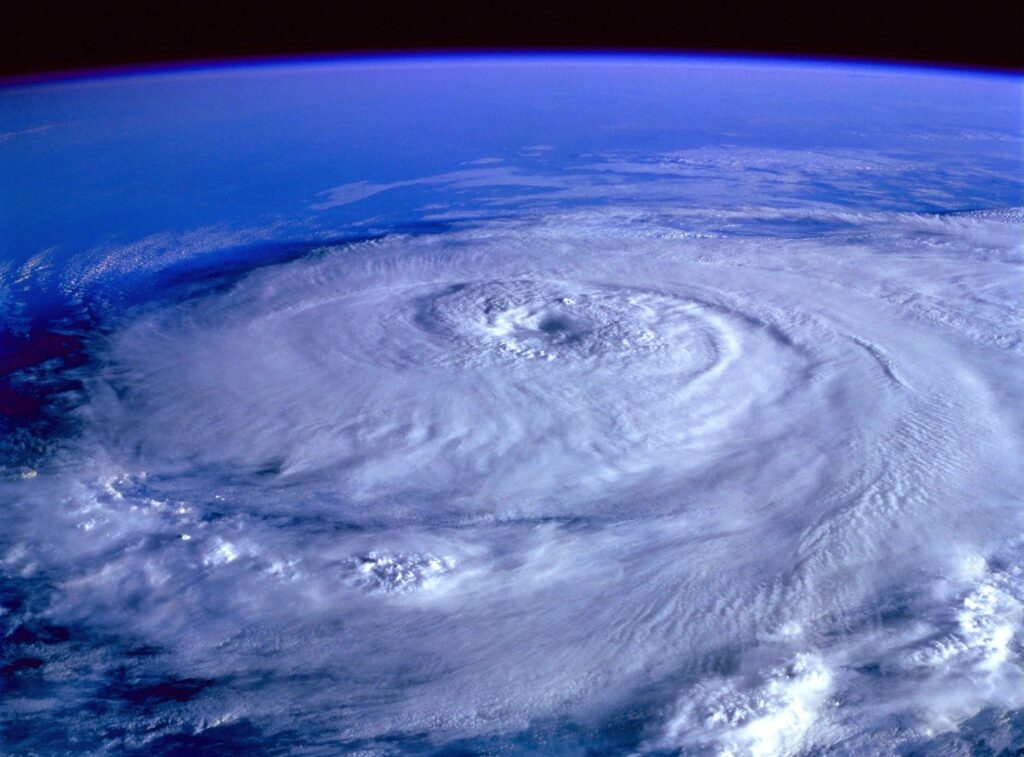Elevating the Impact of Atmospheric Sciences
THE EFFECTS OF CLIMATE CHANGE ARE NO LONGER FAR-OFF THREATS and are now contributing factors to many of today’s disasters, often exacerbating the frequency of wildfires and heat waves, flooding, and the intensity of rainfall during hurricanes and storms. These unprecedented weather events have triggered a global urgency to prioritize research-based initiatives to understand, predict, mitigate and reverse the impacts of climate change.
Despite its modest size, the Department of Atmospheric Sciences at the University of Hawai‘i at Manoa (UH Mānoa) has earned both national and international acclaim for its research and is a part of the renowned School of Ocean and Earth Sciences and Technology. In a field often dominated by men, three distinguished female faculty are further elevating the department’s research and prestige, making atmospheric waves in climate modeling and cloud microphysics.
Enhancing Global Climate Models
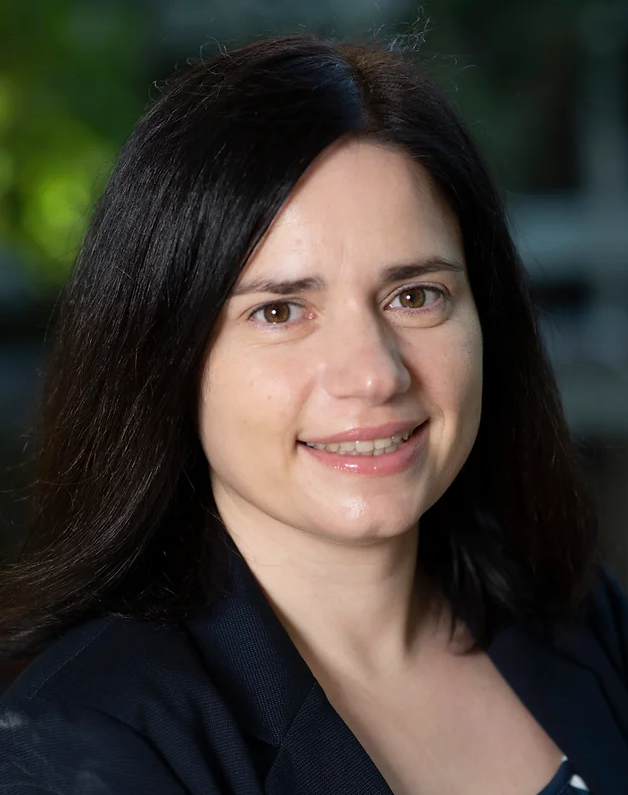
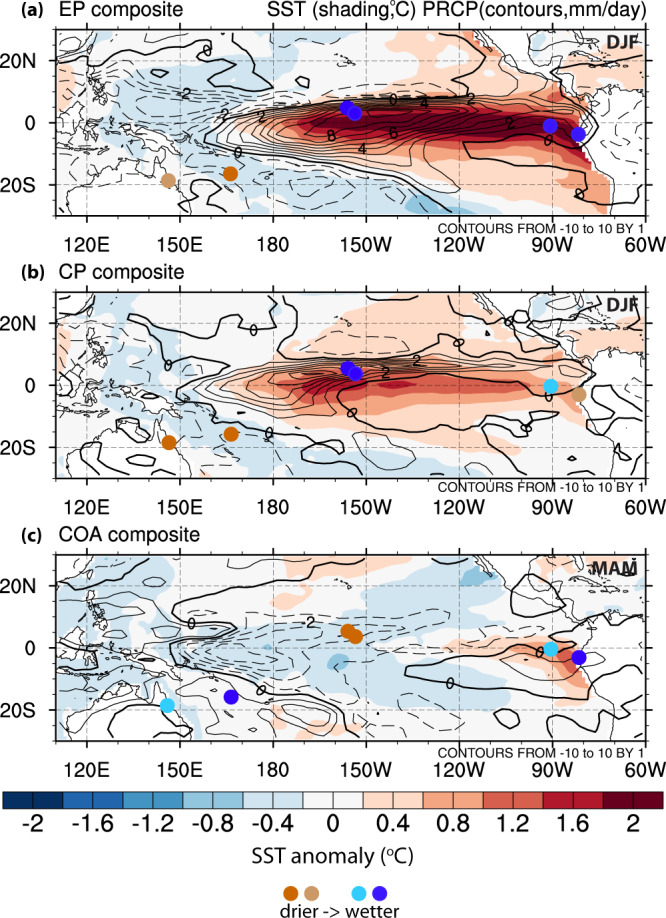
Professor Christina Karamperidou’s research focuses on El Niño-Southern Oscillation (ENSO) — a coupled ocean-atmosphere phenomenon in the tropical Pacific — which is the primary factor affecting variability in water temperature, rainfall, and wind strength in the Pacific, and has far-reaching impacts on weather and climate.
One of the methods Karamperidou uses to study ENSO is to synthesize climate model simulations with paleoclimate data, much of which is gathered from ancient, preserved material such as coral skeletons, shells or lake sediment, which can indicate past temperature and rainfall across the Pacific. Using paleoclimate ENSO records from the Holocene (the past 12,000 years) along with climate model simulations, Karamperidou and her team can study the climate mechanisms behind the ENSO phenomenon — its predictability, impacts and how its characteristics may change under the influence of natural or anthropogenic climate change.
In her research, Karamperidou combines numerical models of weather and climate with advanced statistical and machine learning methods, to develop a novel framework to understand how El Niño (warming of sea surface temperatures) and its impacts may respond to climate change
“Coming out of a longer [three-year] La Niña (cooling of sea surface temperatures), most models currently predict a big El Niño for the end of this year, which could lead to potentially more tropical Pacific cyclones, and altered rainfall patterns in our islands and around the world,” said Karamperidou who recently received the prestigious Early Career Scientist Award from the International Union of Geodesy and Geophysics. “Improving our understanding of ENSO mechanisms through our studies of modern and past climates allows us to improve ENSO representation in global climate model simulations to help reduce uncertainties and improve accuracy of El Niño prediction and future climate projections.”
Understanding Clouds
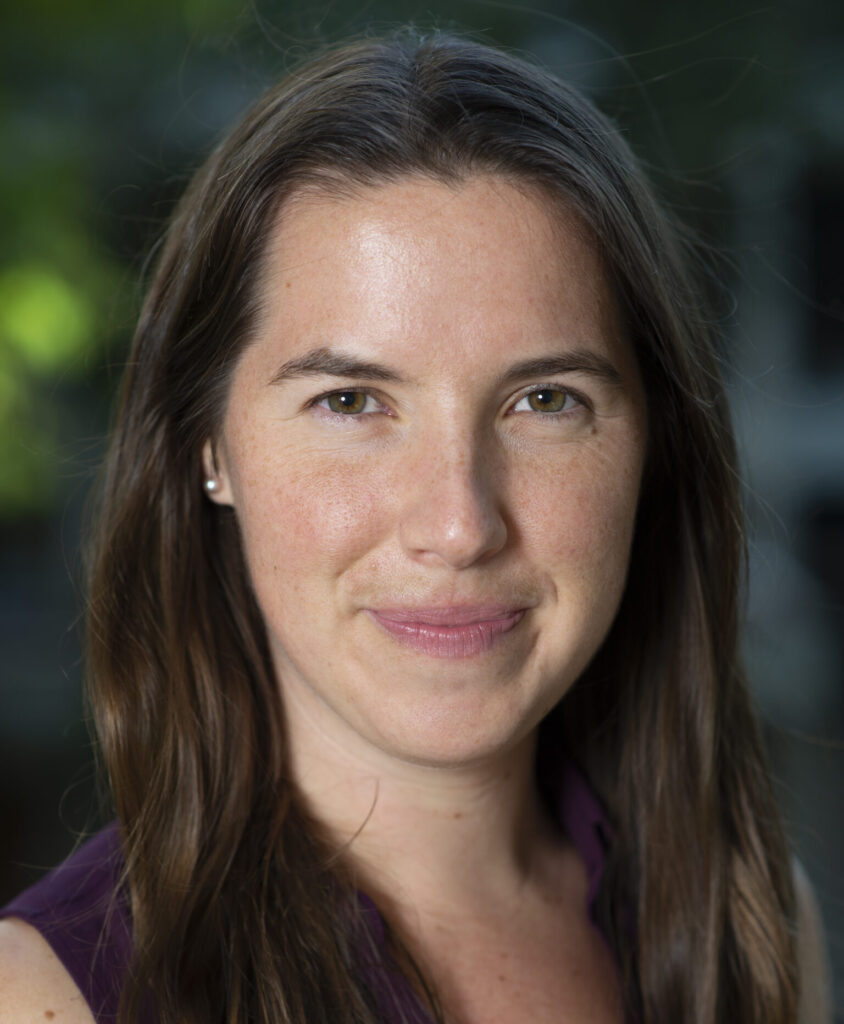
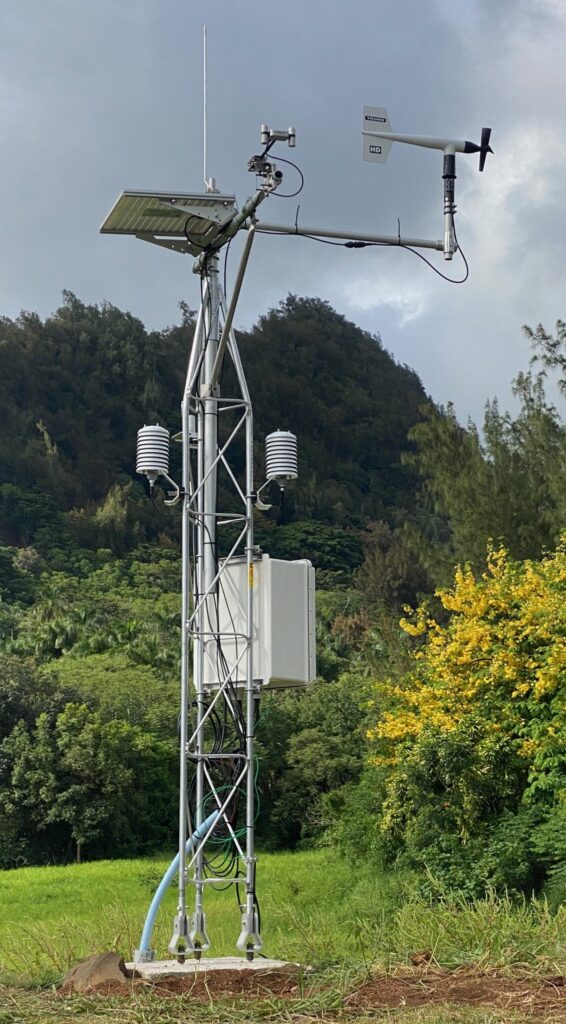
One of the most uncertain and complex Earth systems represented in climate models is clouds and the aerosols that they form on. Studying the fundamental structure and processes involved in clouds and aerosols not only allows scientists to better parameterize them in models, but also improves our understanding of the atmosphere and weather patterns.
Associate Professor Alison Nugent studies orographic precipitation, how mountain topography induces or modifies precipitation. Breaking down cloud microphysics, Nugent explained, “In one cubic centimeter — the size of a sugar cube— a cloud has 100 cloud droplets. In a polluted atmosphere, it can have many more times that in the same volume. The size and number of cloud droplets is important for their relationship to precipitation and to radiation. For example, a cloud with many small cloud droplets will be brighter and reflect more radiation, and may take longer to precipitate than a cloud with fewer, large droplets.”
While most aerosols increase the number of cloud droplets, making clouds brighter and delay the formation of precipitation, sea salt aerosols, a super hygroscopic or water-friendly aerosol, does the opposite — growing cloud droplets to precipitation size faster than others.
Nugent recently received a National Science Foundation (NSF) Faculty Early Career Development (CAREER) award that will allow her team to investigate the role of wind, waves and other atmospheric and oceanic properties that influence the production of sea salt aerosols in coastal environments on three Pacific Islands.
Through a highly competitive grant from NSF’s Major Research Instrumentation program, Nugent helped to secure funding to install 84 climate stations throughout the state. As the first NSF-funded mesonet, the multidisciplinary project will allow the state to collect long-term, real-time observational data including rainfall, air temperature, humidity, wind speed and direction, solar and net radiation, and soil moisture.
Broadening Horizons in Atmospheric Sciences

Another researcher making major strides not just in the field of cloud microphysics, but for UH Mānoa, is Associate Professor Jennifer Griswold, the Atmospheric Sciences Department’s first female chair. Since becoming chair in 2021, she has already formalized the department’s commitment to diversity, equity, and inclusion and has spearheaded a national initiative locally for the past few years called Expand Your Horizons – Hawai‘i, an annual STEM conference for young women in sixth to eighth grades to encourage and support young girls’ enthusiasm in STEM careers.
Prior to joining UH, she had already established an impressive resume, having helped build the first Phase Doppler Interferometer (PDI) and data processing program, a breakthrough innovation and process that significantly improved the study of cloud structures and properties. Now used at several institutions, the PDI measures cloud droplet size and velocity for each spherical droplet, as well as record the arrival time of the droplet to determine droplet clustering and turbulence.
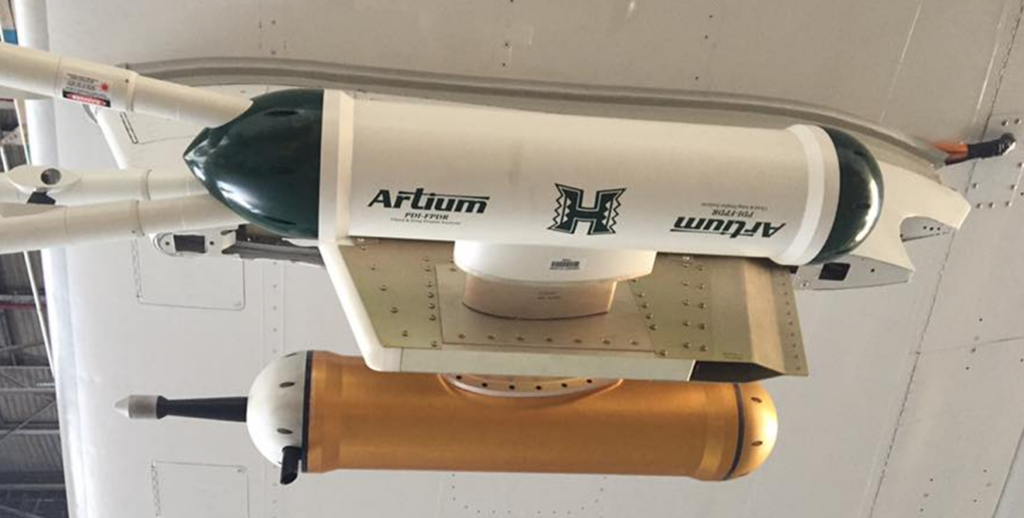
Having done her postdoctoral fellowship at the National Aeronautics and Space Administration’s internationally renowned Jet Propulsion Laboratory, she gained expertise in using a variety of high-resolution satellite data from space to investigate cloud processes, aerosols and cloud-aerosol interactions. She now uses remote-sensing for all of her research today, and trains students how to utilize and analyze satellite data.
Griswold’s research continues to focus on improving the understanding of physical and dynamical processes governing global cloud aerosol precipitation interactions, from volcanic activity, biomass burning and even changes in anthropogenic aerosol levels during the COVID-19 pandemic shutdown.
“Atmospheric sciences, especially climate and seasonal forecasting, is a data-intensive field and the most important and applied research areas going forward,” said Griswold. “Almost all industries will be impacted by climate change and knowing how and when things will change can positively or negatively impact a business, community or individuals.

